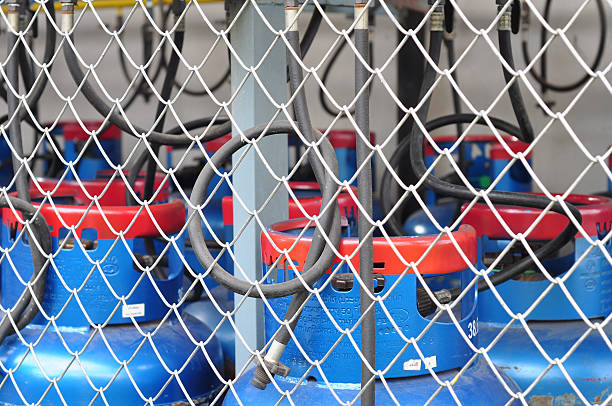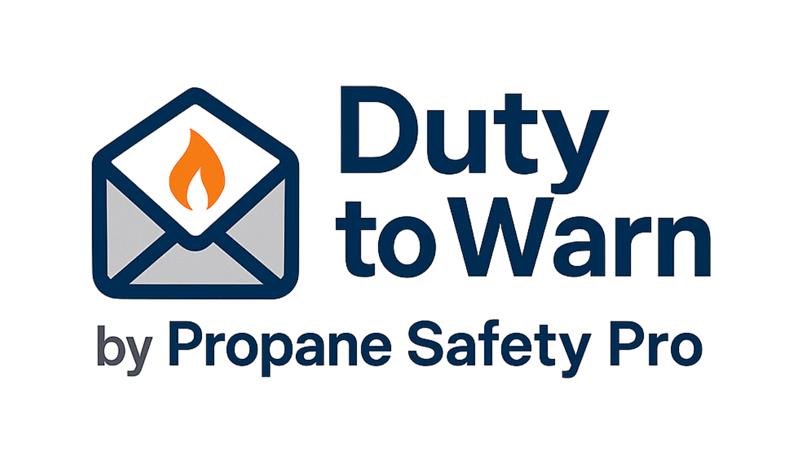Leveraging Marketing for Competitive Advantage in the Propane Industry

The propane industry is navigating a new reality of marketing and advertising in the aftermath of covid-19, presenting both challenges and opportunities for companies in the sector. Some propane marketers embrace innovative marketing strategies to stay ahead of the competition, while others struggle to catch up with pre-pandemic growth.
Prior to the pandemic, marketing campaigns were carefully planned based on historical fuel buying and usage patterns. However, the pandemic disrupted these patterns as lifestyles and work habits changed dramatically.
Moreover, the essential workers in the industry faced increased pressure while dealing with the risk of infection. This uncertainty led to an urgent need for real-time customer communication, which became a crucial factor in building brand loyalty and customer confidence.
During the pandemic, propane emerged as an essential energy source for homes, with millions of customers spending more time online for work, leisure, and staying connected with their families. As a result, marketers had to rethink their target audience and communication channels to address the shift in work-life balance and inconsistent customer habits.
Propane retailers can no longer afford to have a “leave it be” marketing approach in this evolving landscape. Instead, a growth mindset with real-time customer engagement has become essential. Customers now demand timely information, and businesses need to adopt communication technologies like email, text, apps, and online portals to stay connected with tech-savvy consumers.
As the energy industry enters a post-pandemic phase, new challenges arise, such as rising costs of fuel, equipment, and tanks. Emphasizing marketing communications as a critical aspect of business strategy is no longer optional. Companies must recognize the importance of customer acquisition and retention costs and focus on providing exceptional customer service to avoid customer attrition and negative social media exposure.
Reimagining marketing and advertising strategies for the post-covid era requires creative thinking and increased risk-taking. Propane companies need to invest in fresh content delivered through various platforms like social media, websites, and mobile apps. Executives who once focused primarily on financial data must now embrace creativity and possibly seek external vendor partnerships to drive growth.
Savvy marketers understand that portraying propane as a mere commodity doesn’t resonate with customers. To connect with consumers, one propane retailer successfully repositioned their brand as the primary fuel source for high-end homes, employing targeted advertising campaigns on local news channels and distributing custom content on high-traffic websites.
In today’s digital age, marketers must move beyond traditional data monitoring and embrace online analytics, fresh content creation, and optimized keywords. A successful marketing strategy in the propane business demands a balanced approach, combining digital marketing with more traditional options such as TV, direct mail, and out-of-home advertising. Engaging in community support through local and national nonprofit organizations can also yield low-cost, high-visibility business opportunities.
Ultimately, for propane companies to thrive, their brand must transcend mere billboards and become actively engaged with customers. Keeping customers warm, safe, and satisfied is essential to preventing customer frustration and avoiding defection to competitors. Maintaining a growth-oriented mindset is essential for success in our digital, post-covid world.














